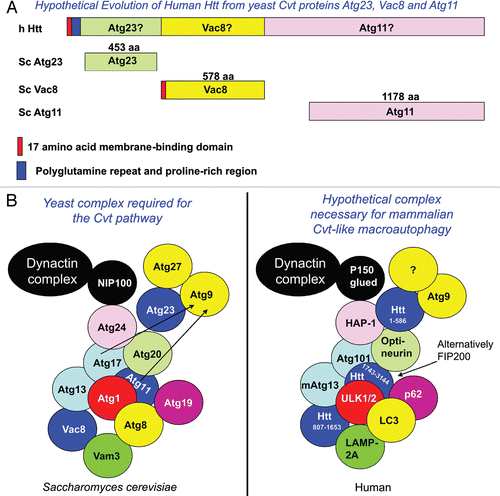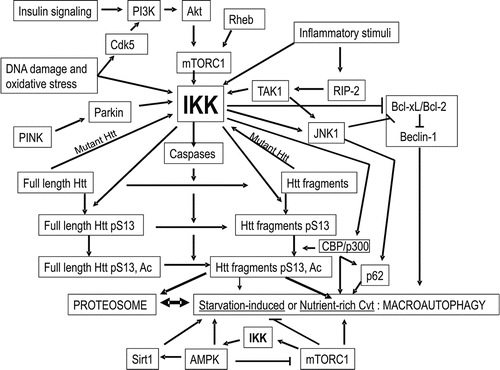Figures & data
Table 1 Yeast Cvt pathway proteins and their hypothetical human functional homologs

